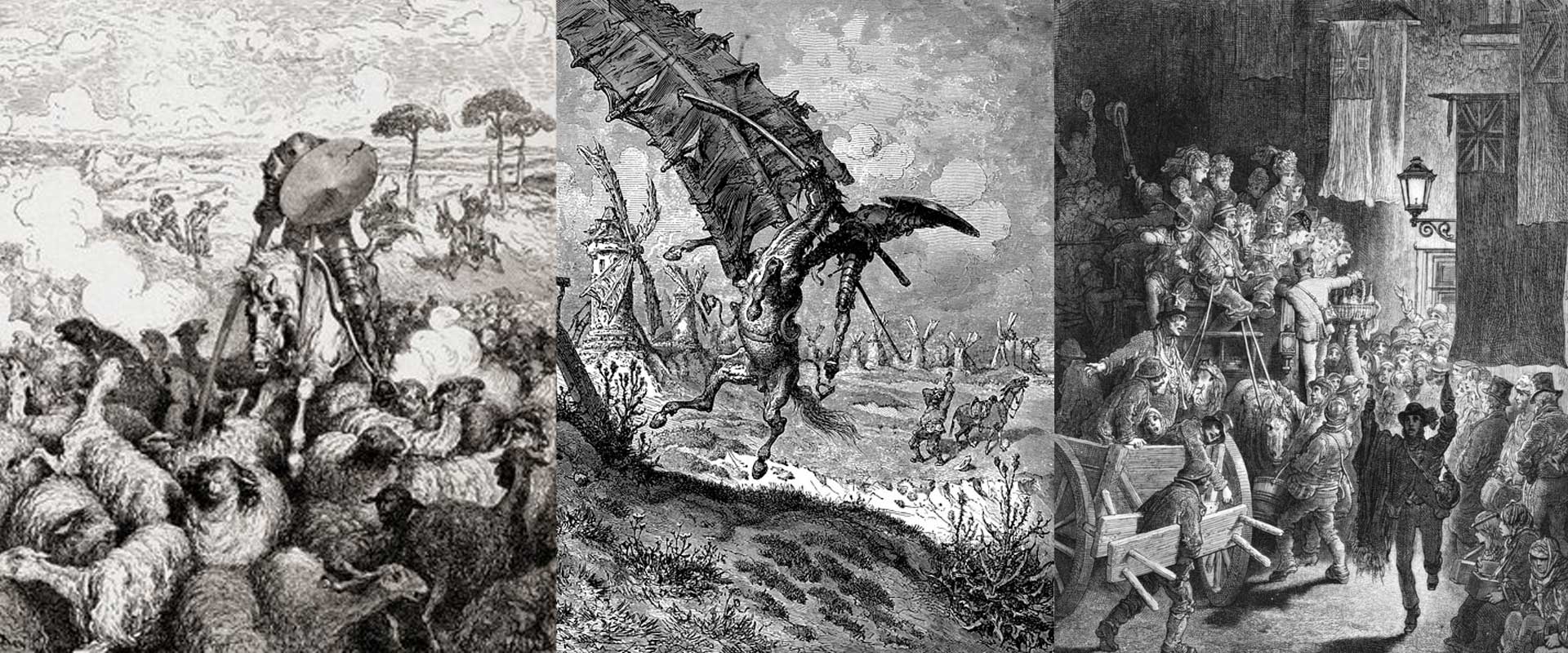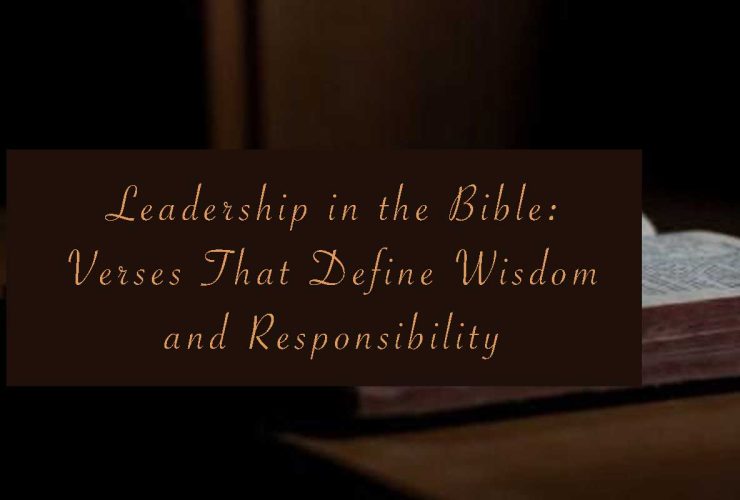When Miguel de Cervantes wrote Don Quixote in the early 1600s, he created one of the most enduring characters in world literature. The deluded knight who mistakes windmills for giants, guided by his loyal companion Sancho Panza, became a symbol of both noble idealism and human folly. But for many readers, the way we see Don Quixote owes as much to Paul Gustave Doré as to Cervantes himself.
Doré’s engravings for the 1863 edition of Don Quixote are widely regarded as the most iconic visual interpretations of the novel. With his unmatched command of line and shadow, Doré gave the wandering knight and his squire a visual form that has shaped cultural imagination ever since.
Doré and Cervantes – A Meeting of Genius
By the mid-19th century, Doré was already famous for his illustrations of Dante and the Bible. Publishers commissioned him to illustrate Don Quixote, knowing that his dramatic style could elevate the satirical yet deeply human novel. The result was a series of engravings that combined comedy, tragedy, and grandeur, bringing Cervantes’ words to life in unforgettable ways.
As seen in Exploring Don Quixote Through Paul Gustave Doré’s Art, Doré balanced his flair for dramatic storytelling with humor, ensuring that both the nobility and absurdity of Don Quixote were vividly presented.
The Greatest Scenes in Doré’s Don Quixote
The Windmill Encounter
No image of Don Quixote is more famous than Doré’s engraving of the knight charging at windmills, believing them to be giants. Doré dramatized the scene with sweeping skies, the tiny figure of Don Quixote dwarfed by towering sails. The image captures both comedy and tragedy—the futility of his quest and the courage of his conviction.
The Battle with the Flock of Sheep
In another comic yet symbolic moment, Don Quixote mistakes a flock of sheep for an enemy army. Doré illustrates the chaos of the attack, with sheep scattering and Sancho desperately trying to intervene. The scene highlights Quixote’s delusion but also his unwavering belief in knighthood.
The Penitence in the Wilderness
Doré also portrayed Don Quixote in moments of sorrow and reflection. His engraving of Quixote performing acts of penance in the wilderness shows a figure torn between dreams and despair. It elevates the knight from mere satire to a tragic hero wrestling with identity.
The Return Home
One of Doré’s most poignant engravings depicts Don Quixote’s return to his village after his adventures. The weary knight appears fragile, accompanied by faithful Sancho. This image emphasizes the humanity of the character—an aging dreamer facing the limits of reality.
Key Scenes Illustrated by Doré
| Scene | Doré’s Artistic Focus | Emotional Tone | Legacy in Culture |
|---|---|---|---|
| Windmill Encounter | Towering sails, tiny knight charging | Comic yet tragic | Iconic symbol of futile but noble quest |
| Battle with Sheep | Chaotic motion, animals scattering | Humorous, satirical | Reinforced Quixote’s delusion |
| Penance in Wilderness | Solitary, reflective knight | Melancholic, heroic | Elevated Quixote to tragic figure |
| Return Home | Weary knight with loyal squire | Poignant, humane | Defined Quixote’s final dignity |
Doré’s Artistic Techniques
- Contrast of scale: Don Quixote often appears small against vast landscapes or overwhelming obstacles, symbolizing the futility yet grandeur of his mission.
- Expressive faces: Quixote’s gaunt features and Sancho’s earthy expressions reveal the tension between dream and reality.
- Line and shadow: Doré used heavy shadow to dramatize battles and soft lines for moments of humor or tenderness.
- Movement and drama: Even in comic scenes, Doré infused energy and momentum, making the absurd feel epic.
Why Doré’s Don Quixote Endures
Doré’s engravings endure because they balance satire with sympathy. Cervantes’ novel is often called the first modern novel because of its blend of humor and humanity. Doré matched this tone perfectly, making Quixote ridiculous yet dignified, delusional yet inspiring.
Just as his engravings of Dante’s Divine Comedy helped cement the cultural image of Dante’s afterlife, Doré’s Don Quixote engravings permanently shaped how we visualize Cervantes’ world.
Cultural Influence of Doré’s Don Quixote
Doré’s engravings became the standard for later illustrators, painters, and even filmmakers. Stage productions and films often borrowed imagery directly from his prints. Artists in both Spain and France referenced his Quixote when creating public monuments and paintings.
Even today, when people imagine Don Quixote tilting at windmills, they often see Doré’s version in their mind.
Conclusion
Paul Gustave Doré’s engravings for Don Quixote remain the most iconic visual interpretation of Cervantes’ masterpiece. Through his mastery of line, shadow, and drama, he captured both the humor and humanity of the wandering knight and his faithful squire. His greatest scenes—the windmills, the sheep, the penance, and the return home—continue to define how we see Don Quixote centuries later.
For modern admirers, exploring curated Paul Gustave Doré art prints or other spiritual artworks offers a way to bring Doré’s genius into contemporary spaces.
FAQs on Doré’s Don Quixote Engravings
Why are Doré’s Don Quixote illustrations so famous?
Because they captured the dual nature of Don Quixote—comic and tragic—through powerful imagery that has shaped cultural imagination.
Which Don Quixote scene is Doré’s most iconic?
The windmill encounter is the most famous, symbolizing Quixote’s noble but futile battle against imaginary giants.
How did Doré portray Sancho Panza?
He gave Sancho earthy humor and human warmth, making him a perfect foil to Quixote’s lofty dreams.
Did Doré influence later depictions of Don Quixote?
Yes. His engravings set the visual standard for later illustrators, stage productions, films, and even public statues of the character.
Where can I see Doré’s Don Quixote engravings today?
They are available in illustrated editions, museum collections, and high-quality reproductions through curated art collections.





